How to fit a climbing helmet
A quick guide to choosing the right helmet and how to fit a climbing helmet for comfort and maximum protection from falling rocks
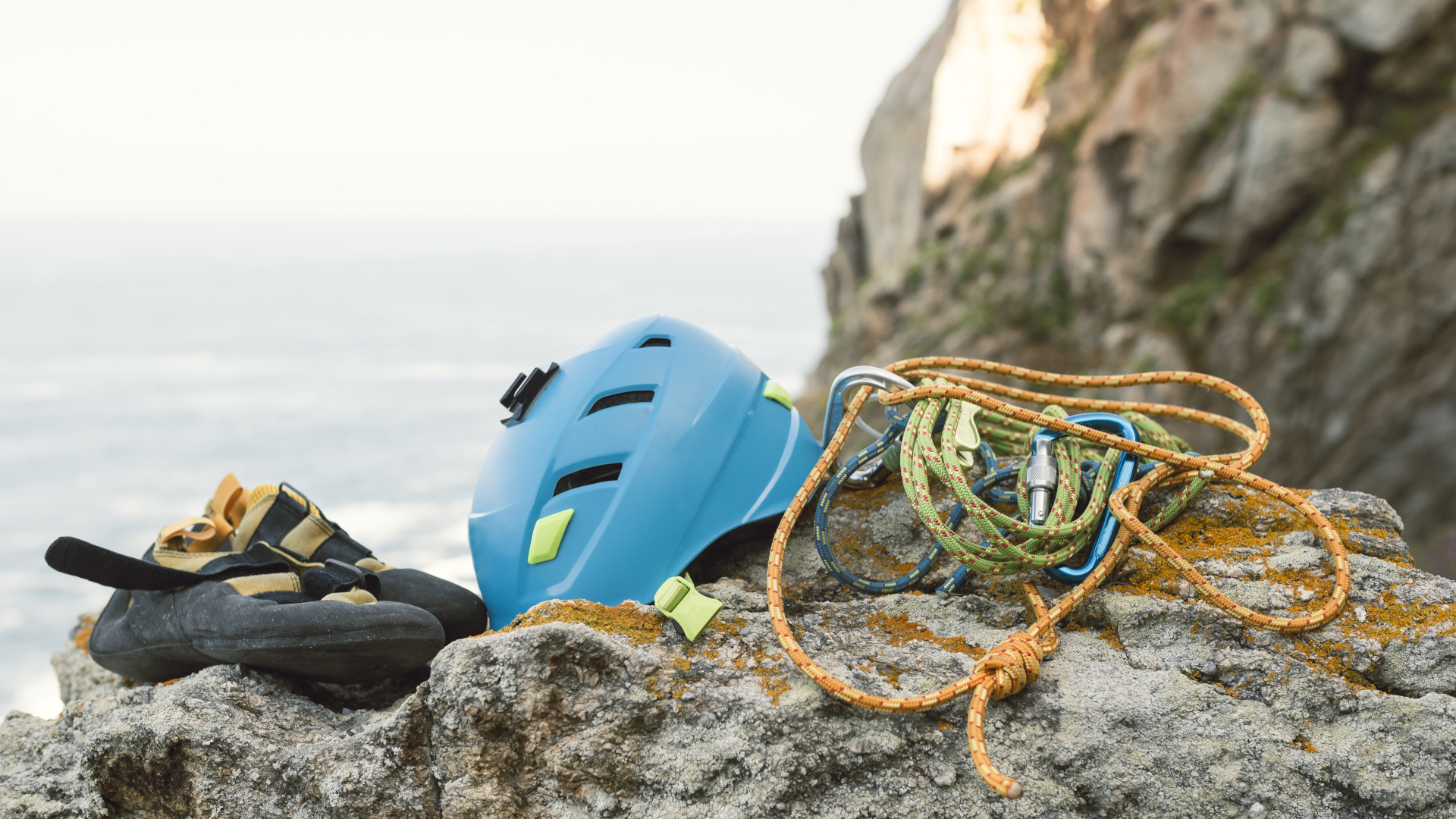
Whether you’re on the crag scoping out your next move, or on belay down on the ground, rockfall is a common risk associated with climbing that you need to prepare for by wearing a climbing helmet. A climbing helmet will also protect your head in the event that you take a fall – even if you trust your climbing partner with your life, swinging into the rock wall is a lot less scary when your head is cushioned.
For safety purposes, we recommend that you always wear a helmet when climbing, but we know you might have some questions around which type of helmet to choose, whether you can wear an existing helmet that you use for another sport for climbing, and how to fit a climbing helmet, so we’re here to walk you through all the details.
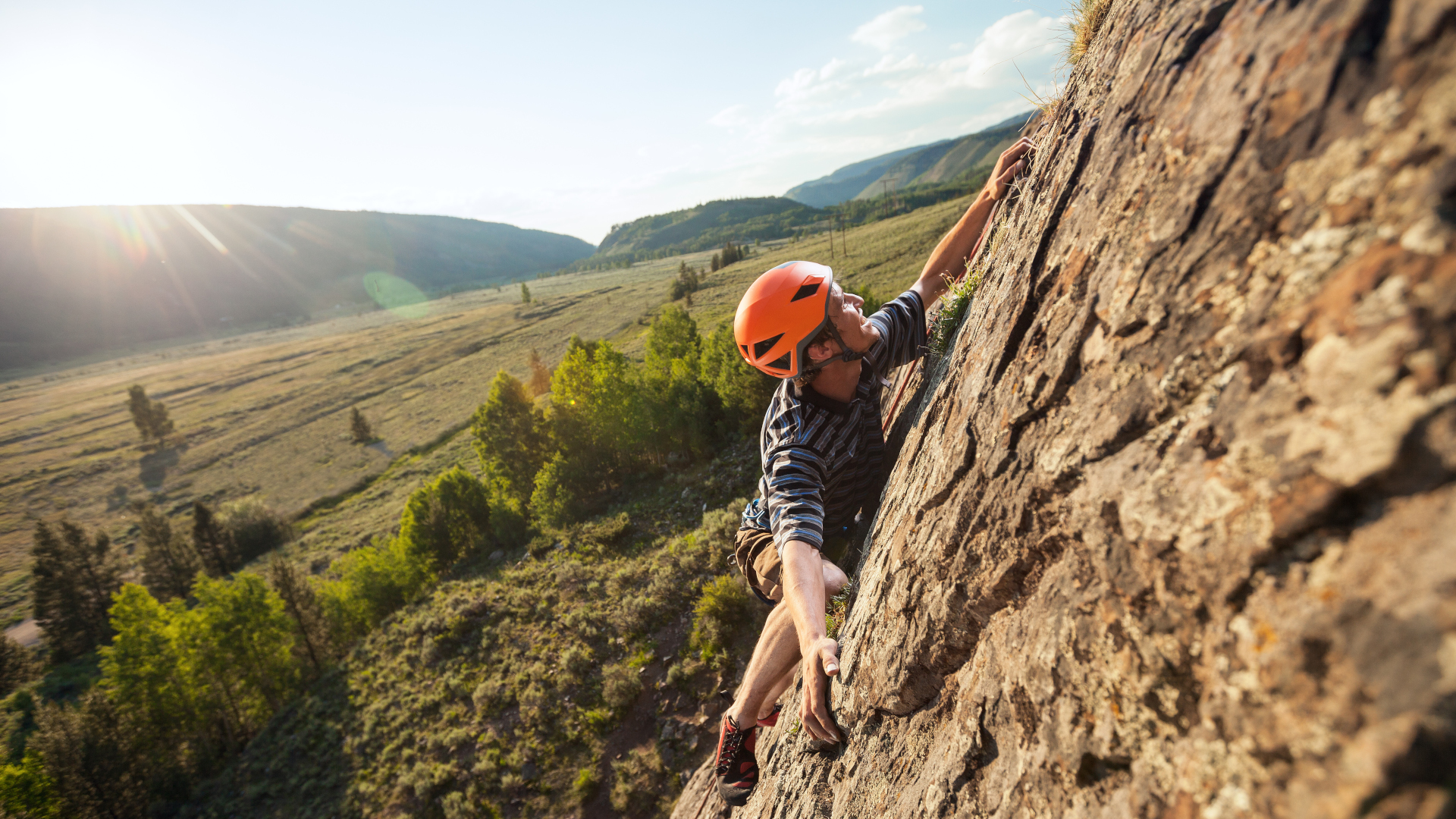
What are the different types of climbing helmets?
There are two main types of climbing helmet you can choose from that both have different pros and cons depending on your priorities:
- Hard shell helmets: Feature a hard outer shell with a thin layer of foam on the inside, and are usually more durable and less expensive.
- Foam helmets: Made using a thick layer of foam and are very light and breathable, but less durable and more expensive.
As you can see, if you’re on a budget and looking for something that performs well and lasts a long time, hard shell helmets are the way to go. If comfort is your main concern and you’re going to be out climbing in hot temperatures, you might want to spend a little extra on a foam helmet. Either type of climbing helmet will provide you with protection against falls and falling rock, however.
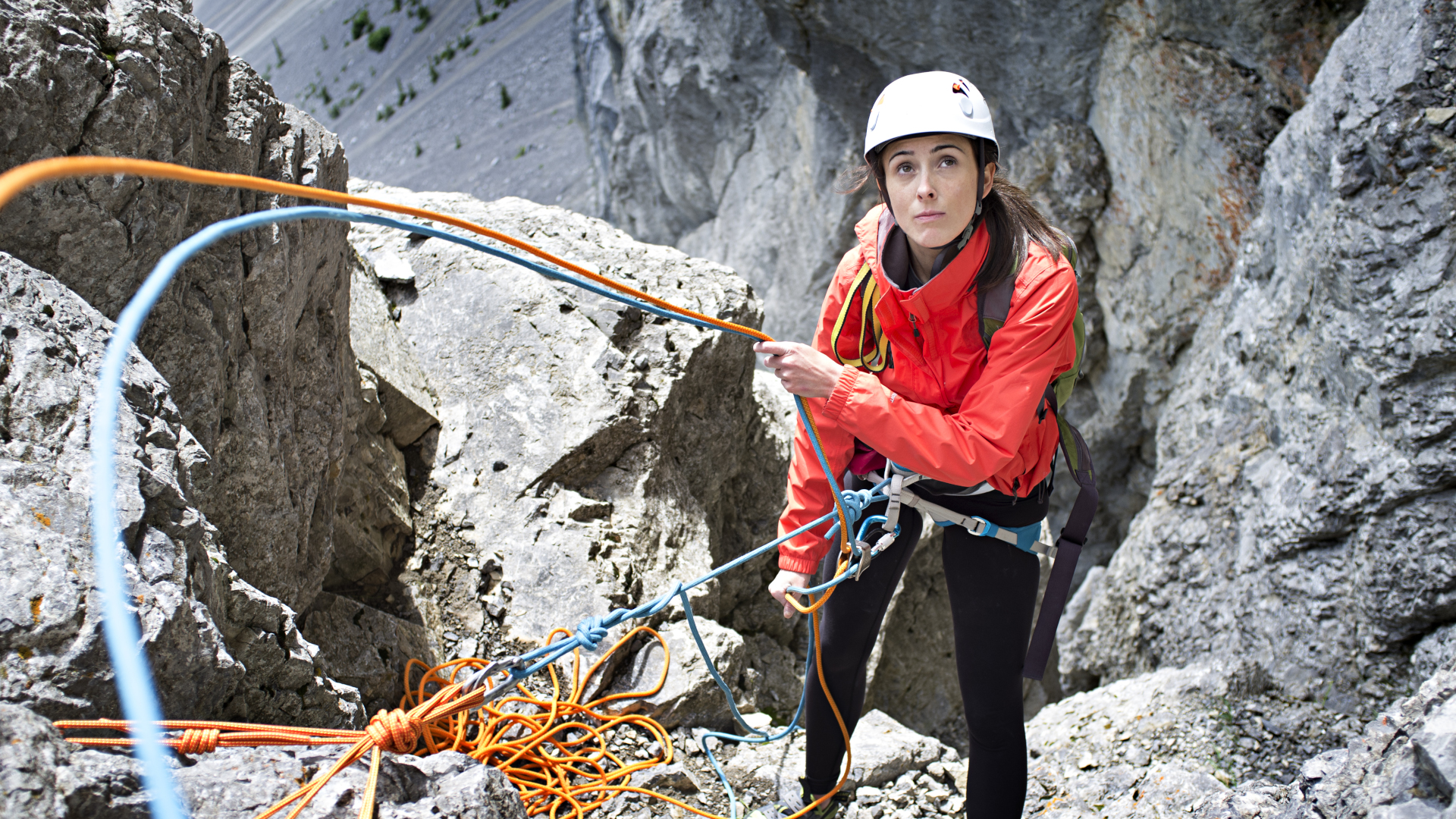
Can a ski helmet be used for climbing?
Your ski helmet might provide ample protection against chunks of rock, but it’s going to be heavy and insulated, meaning it won’t be as easy to look up to scout your line or down to check your footwork, and will get pretty uncomfortable in warm weather, which is probably when you do more of your climbing. So, no, you can't really use a ski helmet for climbing.
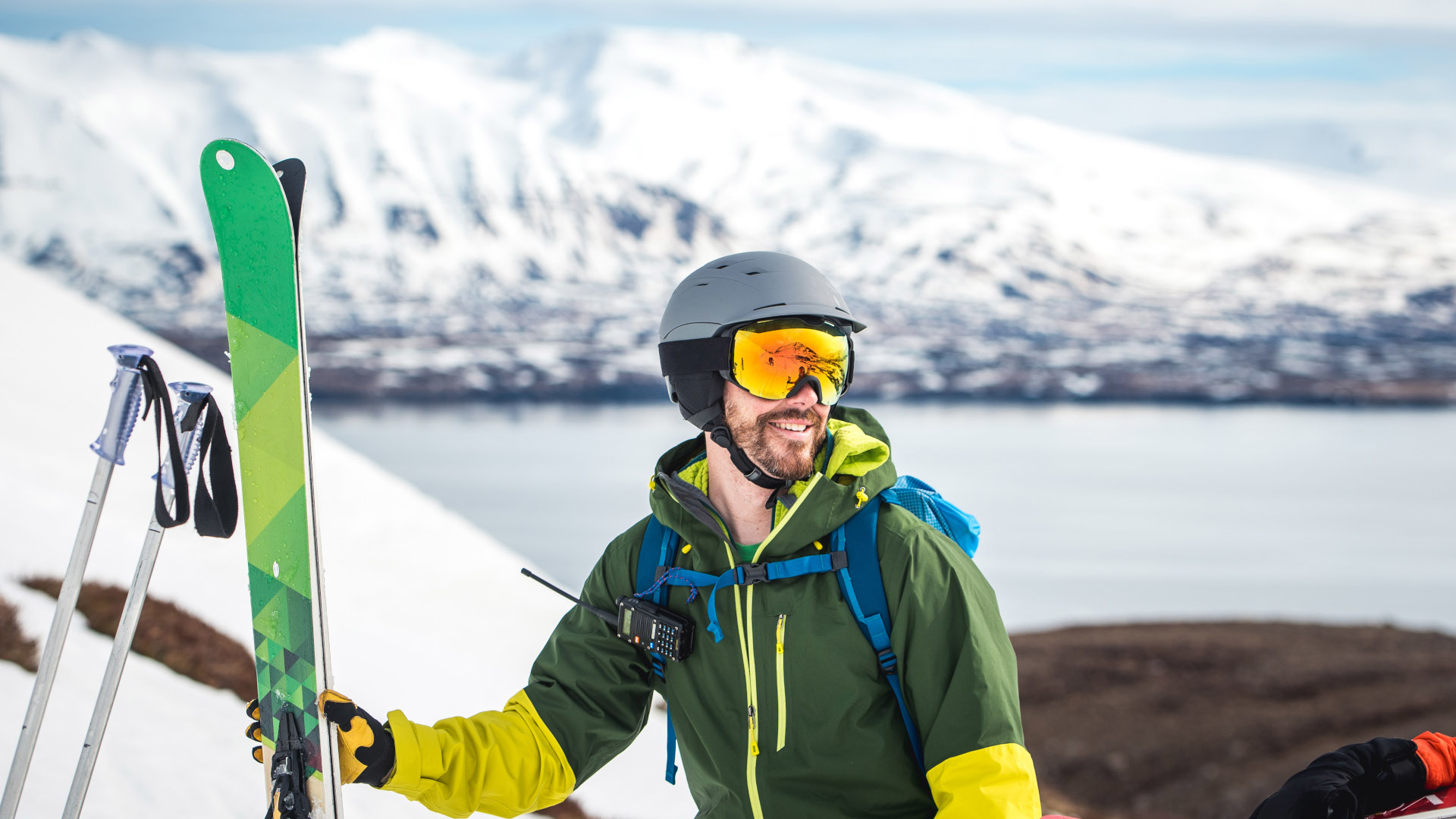
Can you use a bike helmet for rock climbing?
This is a really common question, since almost everybody owns a bike helmet. Your bike helmet will not provide adequate protection for rock climbing purposes either. First of all, it has vents which allow airflow when you’re pedalling, and also allow small rocks to enter – it would probably slow down small, crumbling rock but you’d end up with a helmet full of gravel, which isn’t exactly ideal.
More importantly though, bike helmets are very specific to bike crashes and designed to absorb and distribute the impact of going over the handlebars and landing on the front or top of your head. In a bad crash, your bike helmet will break or be severely compromised, and no longer offer you protection. Similarly, if you wear it climbing and have a fall where you hit your head or are hit by a big rock from above, you might receive some protection that one time, but it will be compromised for next time. Like your ski helmet, it will offer some protection but isn’t ideal.
Advnture Newsletter
All the latest inspiration, tips and guides to help you plan your next Advnture!
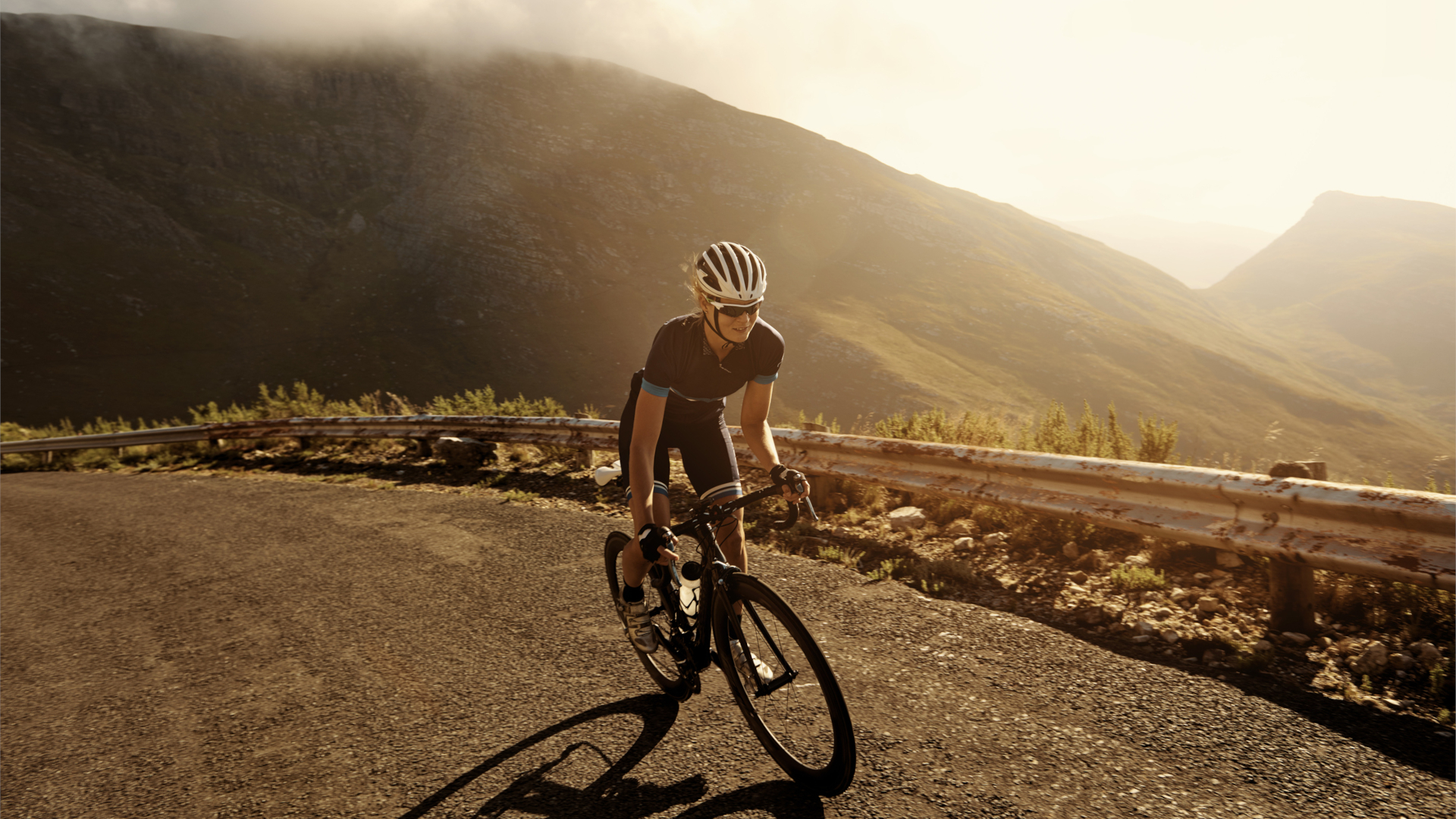
How do I know what size climbing helmet to buy?
So, now that we’ve established that you do in fact need a climbing helmet for climbing, how do you know what size to buy? An easy option is to head to your local gear store so that you can get expert advice and try some on, but if you’re ordering on online, it’s important to get the right size for your safety, and also because safety gear like helmets often can’t be re-sold once they’ve been purchased and returned.
When shopping for a climbing helmet, you’ll notice that they usually come in two sizes – typically S/M and M/L. This is because climbing helmets are adjustable, so each size covers a range of head circumferences. Each brand varies slightly, but the smaller helmet size is usually for a head circumference of about 19in - 22in (48cm - 55cm) while the larger size accommodates heads that are about 22in - 25in (55cm - 63.5cm). There is always some overlap for those who fall right in the middle.
To measure your head circumference, grab a measuring tape and wrap it around your head, just above your ears and so that it’s about an inch above your eyebrows. If your head circumference seems to fall right in the middle of the two sizes, it’s best to try on helmets in 3D if you can.
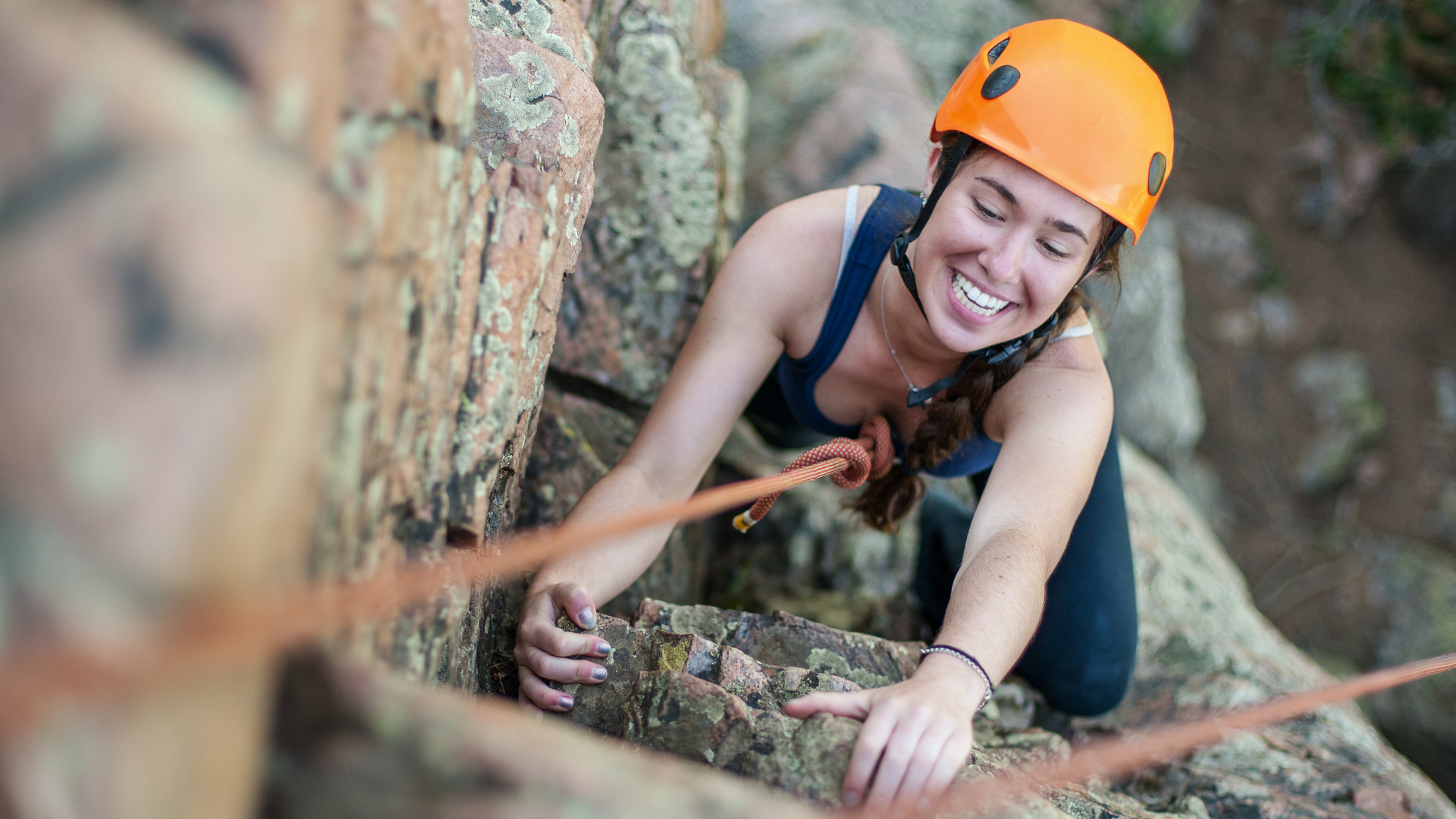
How tight should a climbing helmet fit?
Once you’ve figured out which size of climbing helmet you need, it’s time to adjust it so that it fits for both comfort and maximum protection. The golden rule is that your helmet should be snug, without being uncomfortably tight or restrictive – a lot like climbing shoes, actually – and it definitely shouldn’t be loose.
How to fit a climbing helmet
To adjust your climbing helmet, start by loosening the adjustment dial at the back and sit it on your head without fastening the chin strap – it will sit a lot higher than your bike or ski helmet, but don’t worry, this is how it’s meant to look and feel.
Next, follow these steps:
- Start to tighten the adjustment dial until it feels snug around your head.
- Before you fasten the chin strap, move your head from side to side and up and down, just like you would on the rock. The helmet should stay in place even without the chin strap being fastened.
- Once you’re satisfied that the helmet won’t budge, but isn’t so tight as to give you a headache, fasten the chin strap and tighten it so that it’s comfortably snug under your chin. The side straps on either side of your ears should be flush to your skin.
And that’s it – you’re ready to go and send it!
Julia Clarke is a staff writer for Advnture.com and the author of the book Restorative Yoga for Beginners. She loves to explore mountains on foot, bike, skis and belay and then recover on the the yoga mat. Julia graduated with a degree in journalism in 2004 and spent eight years working as a radio presenter in Kansas City, Vermont, Boston and New York City before discovering the joys of the Rocky Mountains. She then detoured west to Colorado and enjoyed 11 years teaching yoga in Vail before returning to her hometown of Glasgow, Scotland in 2020 to focus on family and writing.

